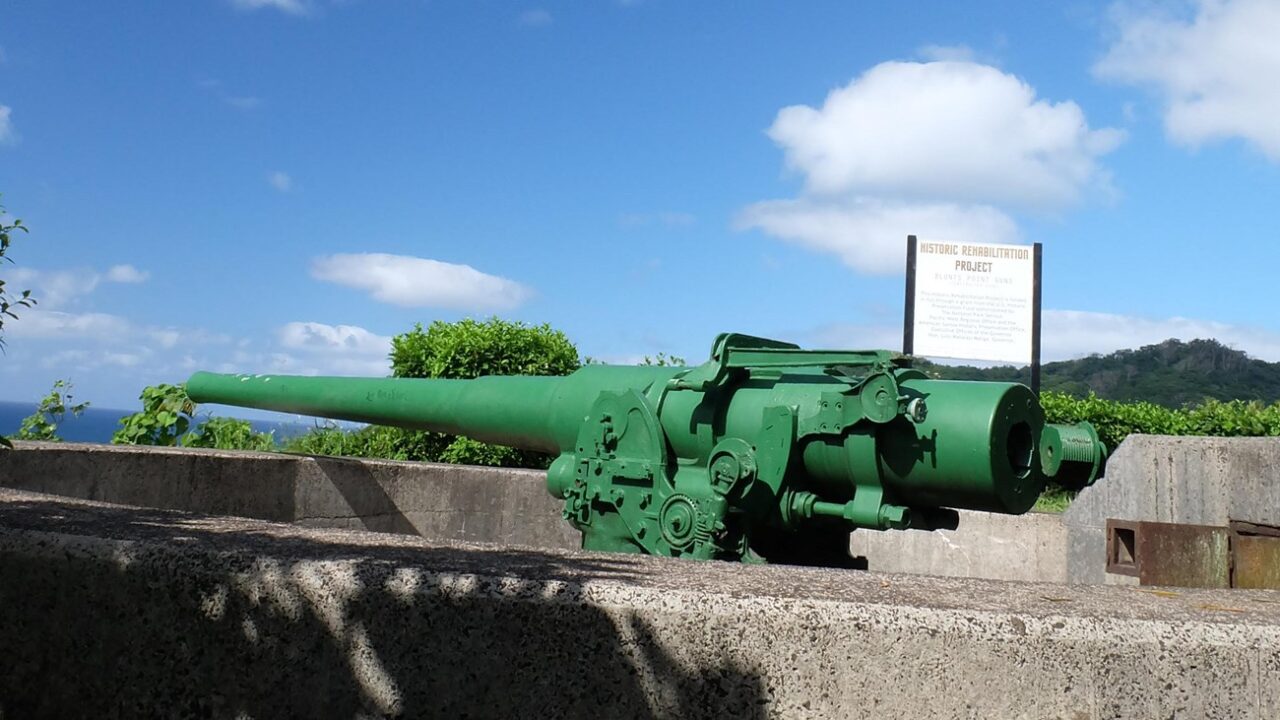Discover the Hidden Gem of American Samoa: Blunt’s Settlement Hiking
Immerse yourself in the unspoiled beauty of American Samoa National Park, a paradise of rainforests, coral reefs, and pristine beaches. Nestled within this natural wonder is Blunt’s Settlement, a lesser-known but no less captivating attraction. This hiking destination offers a unique blend of cultural heritage, tropical wilderness, and breathtaking ocean views. With its challenging trails and historical significance, Blunt’s Settlement is an ideal getaway for adventurous travelers seeking a unique experience.
Get more American Samoa National Park News here!
Getting There
Blunt’s Settlement is located on the island of Tutuila, the main island of American Samoa. The nearest town is Pago Pago, about 12 miles away. The quickest way to reach American Samoa is by air, with the Pago Pago International Airport serving as the gateway to the archipelago. From the airport, you can travel by local bus or rent a car to reach Blunt’s Settlement. There are also plenty of taxis available for those who prefer a more direct route.
When to Visit
For optimal hiking conditions, the best time to visit Blunt’s Settlement is between June and September. During this period, the weather is dry and the temperature averages around 80°F. However, as the national park is less crowded during the wet season (November to April), some may prefer this time for a more solitary experience. Always keep in mind that weather can be unpredictable, so prepare for sudden rain showers even during the dry season.
Attractions and Activities
Historical Sites
Blunt’s Settlement is named after Percival Blunt, a British trader who established a copra plantation here in the early 1900s. The remains of his home, as well as several outbuildings, still stand today, offering a glimpse into the area’s colonial past.
Nature Exploration
Aside from its historical allure, Blunt’s Settlement is also a haven for nature lovers. The settlement is surrounded by lush rainforests teeming with rare and exotic bird species. You can also explore the nearby coral reefs, home to a diverse array of marine life.
Top Hikes and Trails
Blunt’s Point Trail
- Distance: 3 miles round trip
- Elevation Gain: 700 feet
- Difficulty: Moderate
- Permits: Not required
This trail offers panoramic views of Pago Pago Harbor and the surrounding landscape. It culminates at a World War II gun emplacement, adding a historical touch to the hike.
Camping and Lodging Options
While there are no campgrounds in Blunt’s Settlement, camping is allowed in designated areas of American Samoa National Park with a free permit. For those seeking more comfort, there are several hotels and lodges in Pago Pago.
Practical Travel Tips and Safety Considerations
As this is a tropical environment, ensure you stay hydrated, especially during hikes. Also, be prepared for sudden weather changes — a waterproof jacket and sturdy footwear are essential. Be respectful of the environment and historical sites, leaving nothing but footprints.
Top Photo Spots
For a stunning photo opportunity, head to the summit of the Blunt’s Point Trail. Here, you can capture panoramic shots of Pago Pago Harbor, the majestic mountains, and the sprawling rainforest. The historical sites within the settlement also provide unique backdrops for your photos.
With its rich history, lush landscapes, and scenic trails, Blunt’s Settlement offers an unforgettable adventure deeply rooted in the unique culture and natural splendor of American Samoa. Whether you’re a history buff, a nature lover, or an avid hiker, this destination is sure to leave you with lasting memories.
Follow us on Facebook for more up-to-date National Park content!


